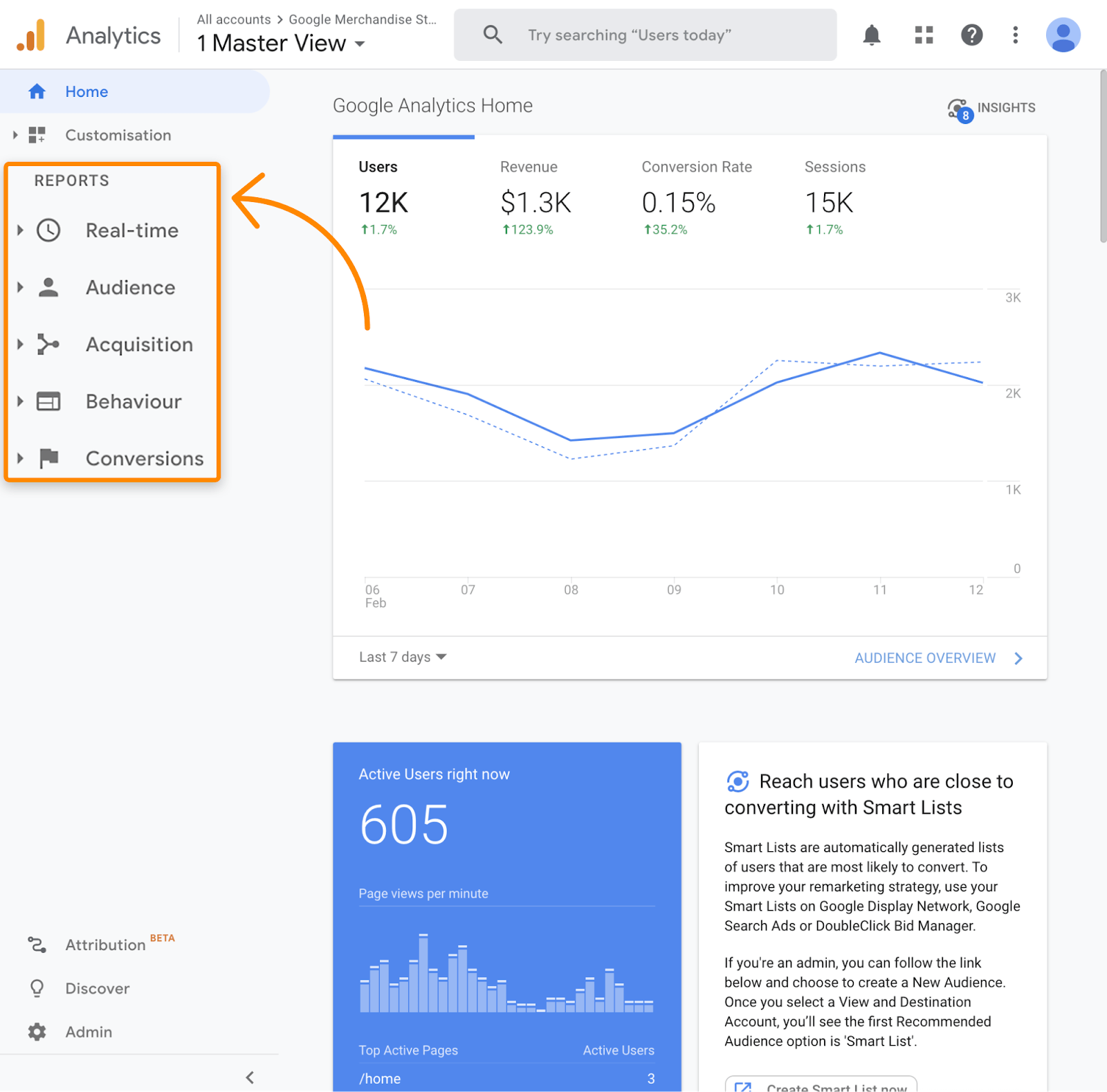Demystifying Secondary Dimensions in Google Analytics: Definition and Practical Applications
Demystifying Secondary Dimensions in Google Analytics: Definition and Practical Applications
Blog Article
Using the Power of Second Dimension in Google Analytics to Fine-tune Your Advertising Approach and Drive Outcomes
In the world of electronic marketing, the capability to make improvements strategies and achieve tangible outcomes is extremely important for organizations making every effort to stay competitive in today's landscape. Leveraging the power of second measurements within Google Analytics opens a realm of opportunities for marketing professionals looking for to gain deeper insights right into individual behavior and customize their projects with precision. By uncovering hidden patterns and refining audience division, companies can craft targeted approaches that reverberate with their clients on a profound degree. The prospective to gauge project effectiveness with a granular lens further stresses the value of harnessing this device to drive success.
Comprehending Additional Dimensions
When analyzing data in Google Analytics, recognizing second dimensions is essential for acquiring deeper understandings into user actions and web site efficiency. Key dimensions give fundamental information such as the number of sessions or users, however additional measurements offer an even more thorough sight by permitting users to sector and assess information even more. By including an additional dimension, marketers can improve their evaluation and uncover important patterns that may have otherwise gone undetected.
Second measurements in Google Analytics can be related to different metrics such as web traffic sources, individual demographics, and actions circulation. As an example, by combining the main measurement of 'landing web pages' with the additional dimension of 'gadget classification,' online marketers can identify which tools are driving web traffic to particular touchdown pages. This details can help enhance web site design and material for much better user experience throughout different tools
Analyzing Individual Habits Patterns
To successfully comprehend customer habits patterns, an extensive analysis of information within Google Analytics is vital. By diving right into user habits patterns, marketing experts can get beneficial understandings right into just how visitors communicate with their site, which pages are most appealing, and where prospective bottlenecks or drop-off points might exist in the conversion channel. Google Analytics uses a variety of devices to evaluate customer actions, such as actions circulation records, event tracking, and goal funnels.
Behavior flow reports provide a graph of exactly how users navigate via the site, revealing the most typical courses customers take in addition to where they drop off. Occasion tracking enables marketing experts to keep an eye on specific communications on the site, such as switch clicks or video clip views, supplying a much deeper understanding of individual engagement. Goal funnels track the steps individuals take towards finishing a particular goal, highlighting areas for renovation in the conversion process.
Enhancing Audience Segmentation
Upon assessing user actions patterns, marketers can even more maximize their approaches by improving audience segmentation techniques in Google Analytics. Target market segmentation permits the categorization of website site visitors right into specific teams based upon various attributes such as demographics, behavior, and passions. By making use of Google Analytics' second dimensions, marketing professionals can improve these sections also additionally to get deeper understandings right into their audience's choices and actions.
Enhancing audience segmentation makes it possible for marketing experts to create more targeted and customized marketing projects. By identifying distinct user groups, marketing professionals can customize their messaging, content, and offers to much better resonate with each segment's distinct qualities and needs. This degree of personalization can substantially improve engagement, conversion prices, and general advertising and marketing efficiency.
Furthermore, with enhanced audience segmentation, marketing experts can better recognize the consumer trip and maximize touchpoints along the course to conversion. By examining how various sections engage with the web site and advertising channels, marketing experts can identify opportunities to improve customer experience, address pain factors, and inevitably drive even more conversions. Generally, refining audience division in Google Analytics is a powerful strategy for making the most of advertising performance and driving sustainable business development.
Tailoring Advertising Campaigns
Marketers can maximize their advertising and marketing campaigns by tailoring material and messaging to match the distinct attributes and requirements of specific target market sectors. By leveraging understandings from secondary dimensions in Google Analytics, marketing professionals can acquire a deeper understanding of their target market's actions, preferences, and read this demographics.
Through the analysis of second dimensions such as website traffic sources, gadgets used, or geographical area, marketers can adjust their messaging to be much more impactful and appropriate. A shopping company might find via Google Analytics that site visitors from social media networks have a higher conversion rate than those from organic search. Armed with my website this expertise, the business can adjust its advertising strategy to concentrate a lot more on social media sites platforms to drive much better results. By tailoring advertising and marketing projects based upon understandings from second measurements, businesses can make best use of the performance of their efforts and eventually drive far better ROI.
Measuring Project Effectiveness

One important facet of determining campaign effectiveness is tracking conversions. By establishing up objectives in Google Analytics, businesses can keep an eye on specific actions taken by individuals as an outcome of the project, such as buying or authorizing up for a newsletter. Comprehending the conversion price and the conversion course can supply valuable insights right into the performance of various advertising channels and messages.
Furthermore, examining metrics such as click-through prices, bounce rates, and session duration can assist marketing experts analyze customer interaction and the impact of the campaign on site web traffic. By combining key metrics with additional dimensions in Google Analytics, services can fine-tune their advertising and marketing strategies, maximize project efficiency, and drive far better outcomes.
Conclusion
To conclude, using the power of second measurements in Google Analytics can provide valuable insights into user behavior patterns, boost target market division, tailor advertising and marketing projects, and procedure campaign effectiveness. By utilizing this function efficiently, companies can fine-tune their advertising techniques and drive far better outcomes. It is essential for marketers to leverage the information available with additional measurements to make educated decisions and maximize their advocate maximum influence.

Report this page